
|
|
|
| synonym |
|
| description |
Females of this species are a dark brown color with faint transverse bands across the pronotum. The head projects slightly forward, and the tegmina is strongly marked with brown, with lighter apices. The head is somewhat extended forward and is yellow, mottled with deep brown; a black spot can be found at the base of the head above each ocellus (light sensing organ). The eyes are large and brown, lighter in color than the remainder of the head. The legs and underside of the body are a yellowish color. Males resemble the females but are smaller and have a lower and more slender pronotum. The underside of the male is black, with ventral abdominal segments pallid. The legs are orange. Adult males are 5.2 mm long, while female are 6 mm. (Kopp & Yonke 1973) |
| distribution |
Eastern and Central North America, as far west as the Rock Mountains (Kopp) |
| abundance |
Seasonal distribution: 23 April-26 May (CTNC) |
| seasonal_occurrence | |
| habitat |
|
| plant associates |
Quercus coccinea, Q. falcata, Q. palustris, Q. phellos, Q. stellata, Q. velutina (CTNC) |
| behavior |
To listen to the male courtship call for this genus, listen here. These courtship calls are not audible to the human ear, and the calls here are produced by recording the substrate vibrations that the treehoppers use to communicate through the plants themselves. The recorded call is then amplified so that it is now audible to human ears. Research has shown that treehoppers use vibrations to attract mates, to announce the discovery of a good feeding site, or to alert a defending mother to the approach of a predator (T.IM). |
| comments |
This species is most similar to and could be confused with Cyrtolobus discoidalis, in particular the females of both species. However, there are subtle differences in the shape and pattern of the pronotum between the two species, with the pronotum of C. fuliginosus a bit more peaked and rounded than in discoidalis. Additionally, there is a clear hyaline patch located dorsally on the sides of the pronotum above the white line (more pronounced in males) in discoidalis; this patch is absent in fuliginosus. |
status |
[Native:]
[Introduced:]
[Extirpated:] | | list_type |
[Official:]
[Provisional:] |
| adult_id | Unmistakable and widely known Identifiable from good quality photos of unworn specimens
Identifiable from photos showing undersides, or other specialized views [e.g., legs, face]
Identifiable only by close inspection of structural features or by DNA analysis NULL |
| nymph_id | Unmistakable and widely known Identifiable from good quality photos, especially where associated with known host plants
Identifiable from close inspection of specimens or by DNA analysis
Identifiable only through rearing to adulthood NULL |
| G_rank |
|
| S_rank |
|
| rank_comments |
|
| tribe |
Smiliini |
| subgenus |
|
Species Photo Gallery for Cyrtolobus fuliginosus No Common Name |
 | Photo by: Matthew S. Wallace
Out Of State Co.
Comment: female | 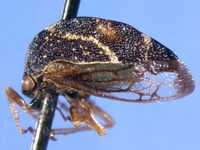 | Photo by: Matthew S. Wallace
Out Of State Co.
Comment: male |
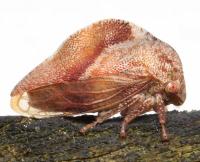 | Photo by: Ken Childs
Out Of State Co.
Comment: female | 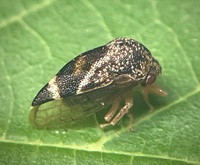 | Photo by: Ken Kneidel
Mecklenburg Co.
Comment: 5.5 mm male that came to UV light at night set up on the edge of an athletic field, suburban forest nearby |
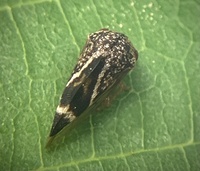 | Photo by: Ken Kneidel
Mecklenburg Co.
Comment: 5.5 mm male that came to UV light at night set up on the edge of an athletic field, suburban forest nearby | 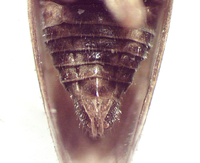 | Photo by: Ken Kneidel
Mecklenburg Co.
Comment: 5.5 mm male that came to UV light at night set up on the edge of an athletic field, suburban forest nearby |
|

 »
»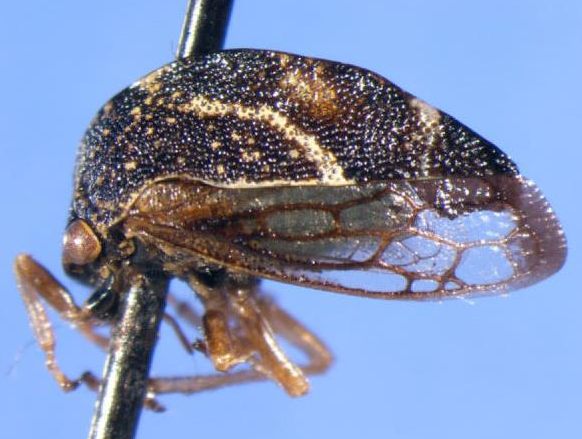
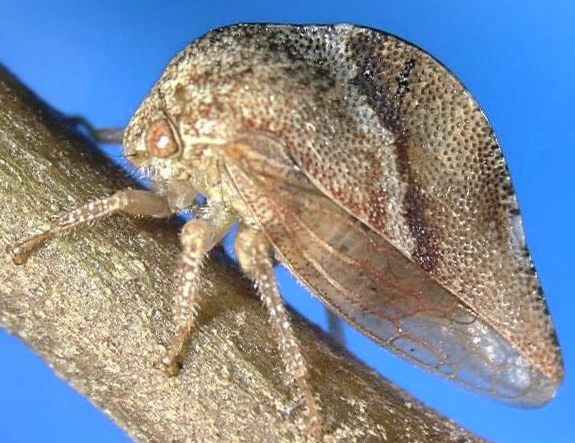
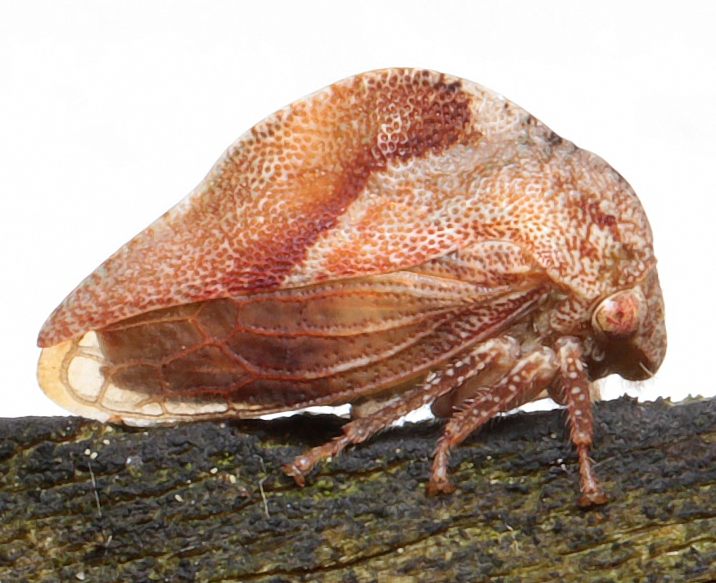

 »
»

